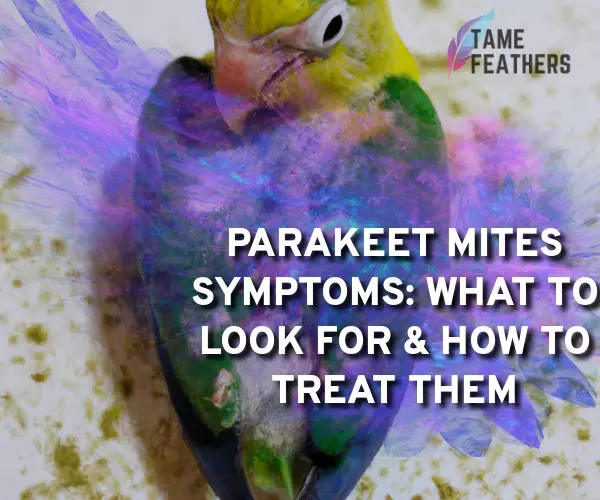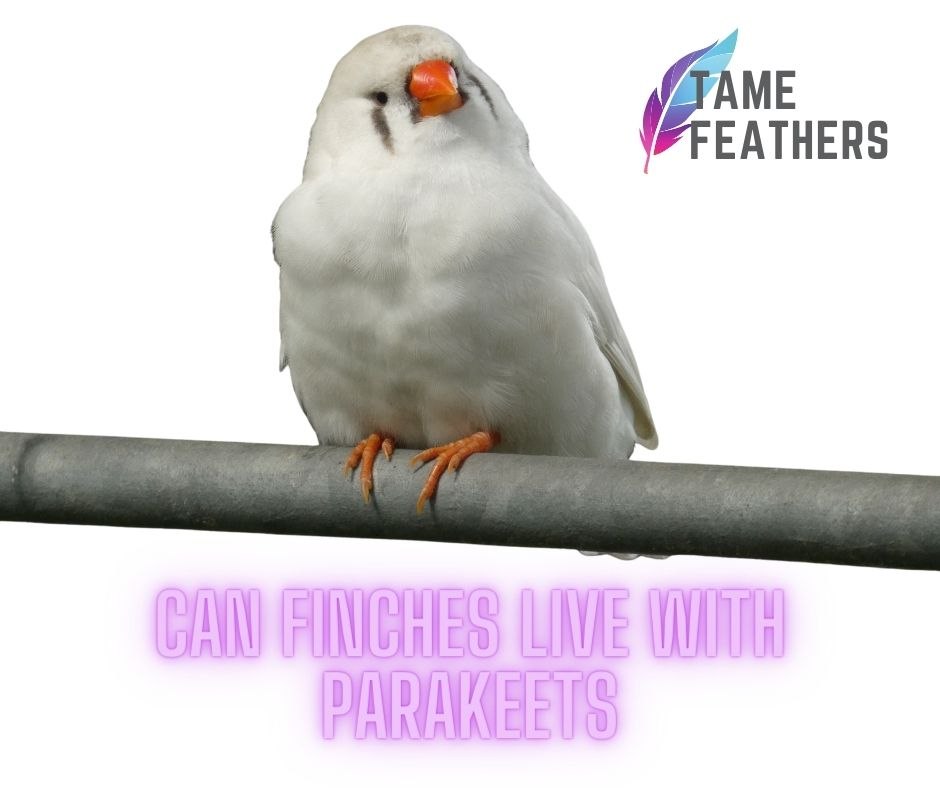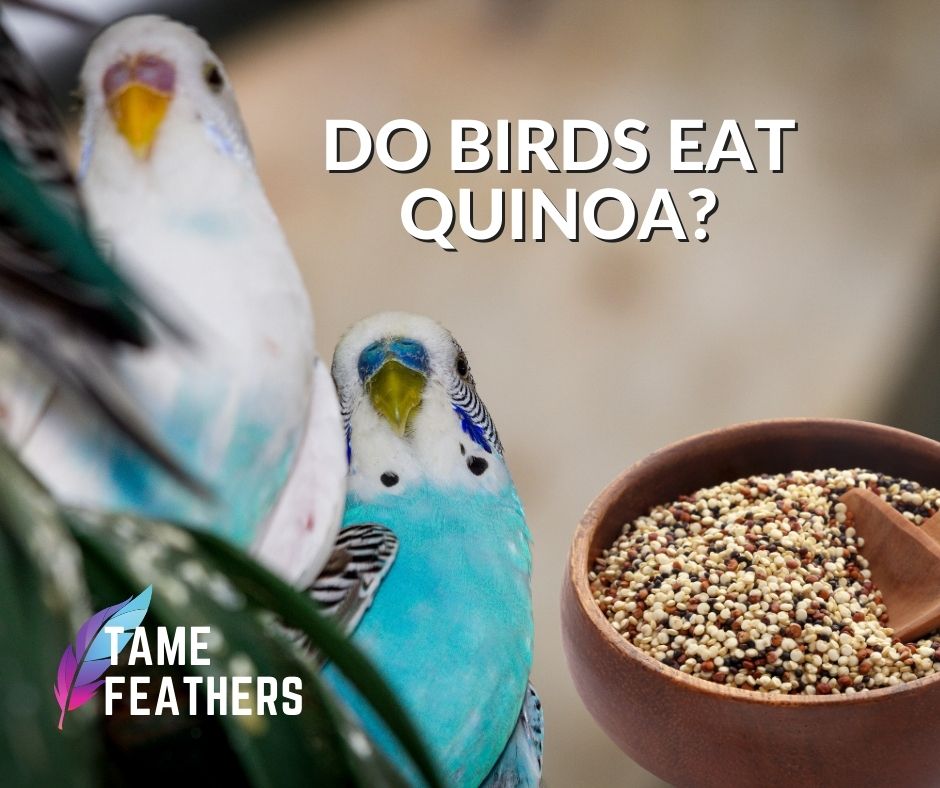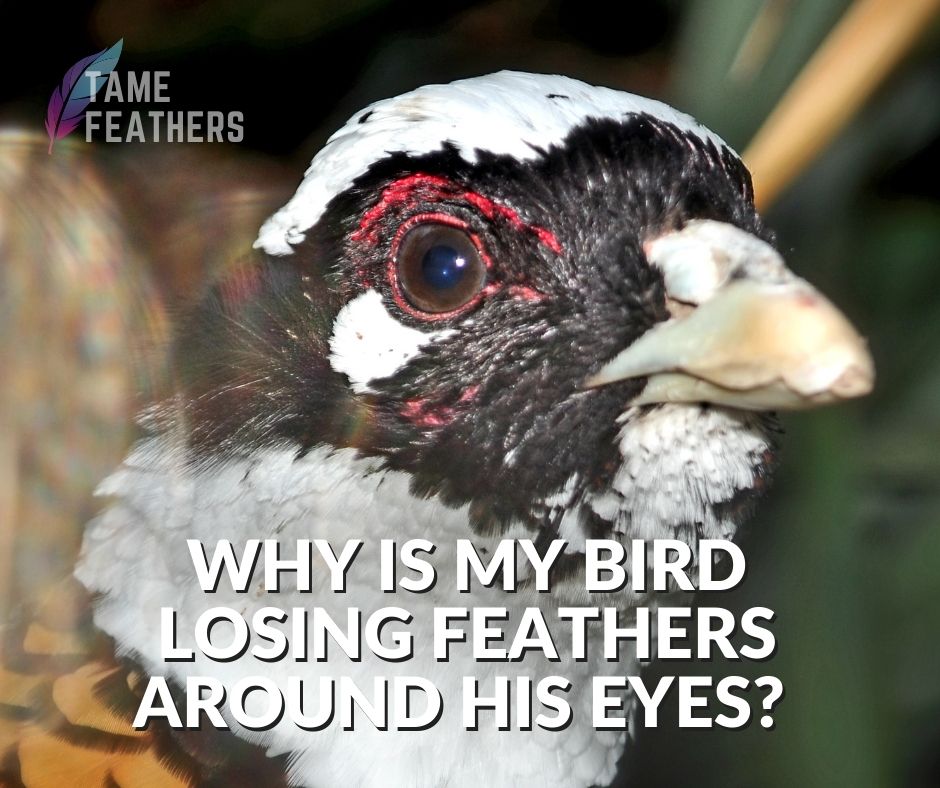Does My Parakeet Have Mites?
Mite infestations can be a regular problem for parakeets, which are kept as pets and are rather popular. The first thing you need to do is keep an eye out for any signs of mite infestation on your parakeet. Feather loss, listlessness, restlessness, aggression, and excessive preening are some of the most common indicators of an infection. It is imperative that you take prompt action in the event that you observe even one of these indicators, let alone all of them, in your parakeet in order to treat the issue before it becomes any worse.How To Treat Parakeet Mites
The best technique to treat mites on a parakeet is to use an anti-parasitic spray or dusting powder that is created specifically for birds, such as Frontline Spray or VetRX Poultry Dusting Powder. These products are available on the market. When you are treating your pet bird, it is essential that you use only items that are suitable for birds; therefore, you should always examine the labels very carefully before applying anything to their feathers or skin.Using An Anti-Parasitic Spray
Spraying your parrot with an anti-mite treatment can help to kill off any existing parasites and keep them away from sensitive places like the eyes and nostrils, where they could cause extra irritation if they were to become trapped there. Make sure that you follow the instructions for how often the product should be sprayed, and that you never spray too much of it. Spraying the product too frequently could make the problem even worse. If at all possible, you should keep the spray away from any open wounds.Using A Duster
Dusting powders operate by smothering the mites, which enables them to be readily removed without causing injury to the bird’s delicate skin. This allows the powders to be more effective. When you are administering treatment to your bird, take extra precautions not to breathe in any of the powder, since this could lead to respiratory issues in both humans and animals. Remember to apply the powder in accordance with the package directions; using too much powder will not necessarily produce better results, and it may even irritate skin that is already irritated.Observing Your Bird After Treatment
After you have successfully treated your parrot’s mite infestation, continue to monitor his behavior closely for the next few days. Be on the lookout for any new signs of discomfort, such as excessive scratching or preening, as well as aggressive behavior against other birds or humans. If, after a period of 48 hours, there is no sign of improvement, you should get in touch with a veterinarian as soon as possible since more intensive treatments may be necessary.Preventative Measures For Future Infestations
Because chemical treatments might not always get rid of all eggs and larvae present at once, it is recommended that physical removal (with gloves) be done if possible. Depending on the severity of the infestation, repeated applications might be necessary. Keeping up with regular cleaning routines will help reduce the likelihood of future infestations. In addition, make sure the food bowls are always clean because stale food is a magnet for insects, and insects commonly deposit their eggs within feed bowls, which can eventually develop to full-blown infestations if the problem is not addressed.





